A link between the German existentialist Martin Heidegger and Japanese mainstream animator and author of Spirited Away and Princess Mononoke, Hayao Miyazaki, seems unlikely. But they share a recurring theme — the relationship between humans and nature. In Miyazaki’s animes, this relationship is mediated through technology which threatens the sacredness in nature. But despite the human-nature conflicts, Miyazaki is optimistic, and surprisingly close to Heidegger’s thoughts in his later works.
Technology and the Loss of the Gods
Nature, or earth, in Heidegger’s thought is introduced in the Origin of the Work of Art, where it is contrasted to the human world. Heidegger sees earth as darkness and sheltering because it can never be completely grasped or structured by humans. If humans, Heidegger states, live in a clearing, earth would be the rocks, soil and trees around and beyond the clearing.
This understanding of earth as something beyond human grasp is also seen in Miyazaki’s Laputa (Castle in the Sky, 1986): the shining crystals hidden in the rock disappear when that rock is broken by the hammer. This directly parallels Heidegger’s description of a stone: “if we attempt a penetration by smashing the rock, it still does not display in its fragments anything inward that has been opened up. The stone has instantly withdrawn again.” If we break the stone open, we cannot reveal the original inside of the unbroken stone. This is because this original inside withdraws as soon as we break the stone. In this sense, earth is ungraspable, being in darkness.
___
"If we break a stone open, we cannot reveal the original inside of the unbroken stone."
___
Hence, when Laputa transforms earth (the crystal stones) into a source of power and destruction, nature is no longer mysterious. This manifests Heidegger’s notion of technology, which does not simply refer to various types of technical equipment like machines, but more importantly the underlying way that humans view the earth in terms of economic use value. The effects of technology and disenchantment are also present in the background of Howl’s Moving Castle (2004): magic, which should be ancient and mysterious, is now industrialised as magicians are conscripted into the military. This tension is also seen in Howl’s companion, Calsifar’s (a fire spirit’s) dislike of the fact that fire is being produced on demand, as a resource, to light gun powder.
As earth allows for mystery, both Miyazaki and Heidegger associate it with a sense of sacredness, of gods. Thus, in their eyes, our technological mastery of the earth causes the loss of the gods. The forest can no longer be a sheltering place for the gods because it becomes a supply of wood. For this reason, they both seek to challenge such technological mastery by highlighting its destructive aspects.
The Alternative Way of Life
Despite their critical stances towards technology, neither Heidegger nor Miyazaki advocates simply abolishing technology as a way of life. Heidegger admits that nobody can brake or direct the progress of history. Attempting to abolish technology is not possible for Heidegger because it would repeat the mistake that people are complete masters of the earth. In Miyazaki’s Ponyo (2008), Fujimoto (Ponyo’s father) aims to completely sweep away all traces of technology in a flood, hoping to return to a primordial sea. Although he is not wholly unsympathetic, ultimately his approach is futile and destructive. While Miyazaki and Heidegger reject such simplistic responses to technology, they are both concerned with the possibility of an alternative way of life.
___


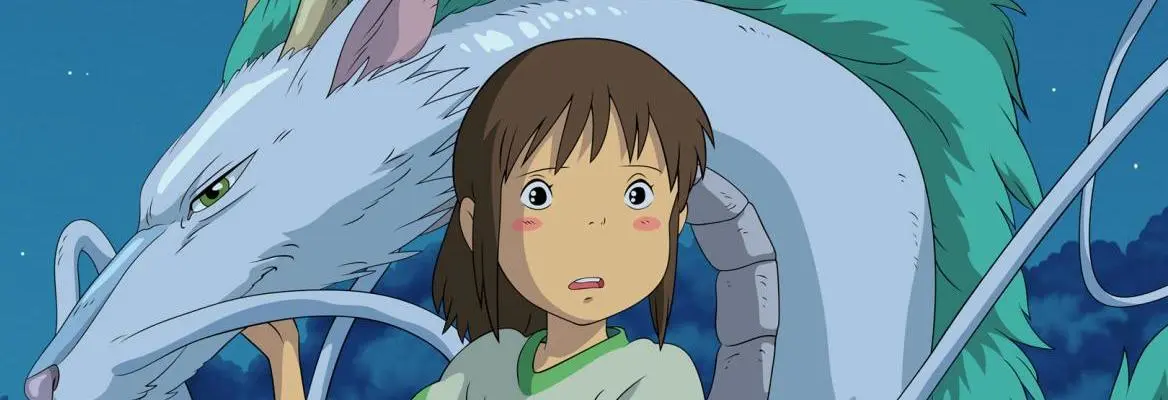

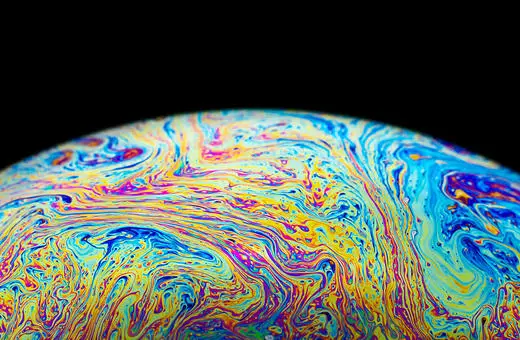

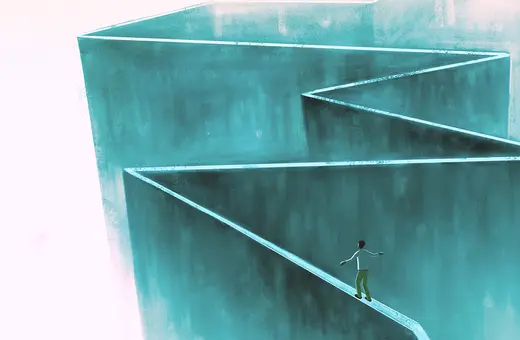
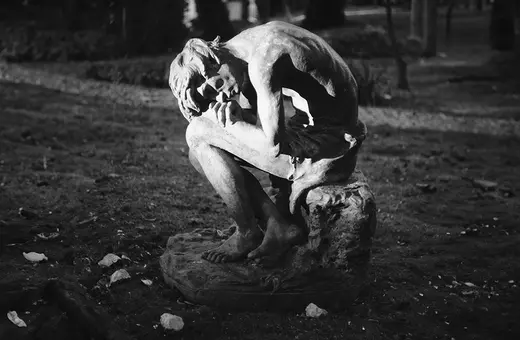
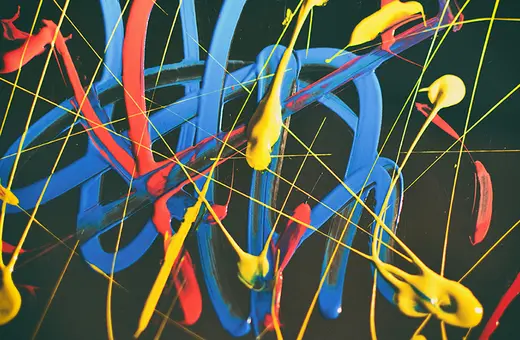
Join the conversation